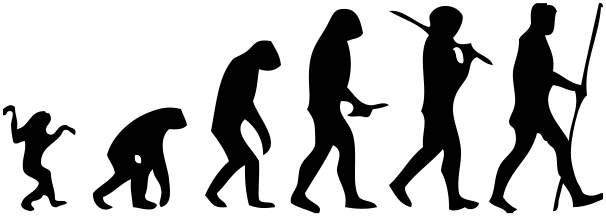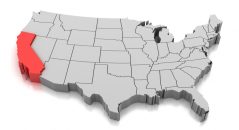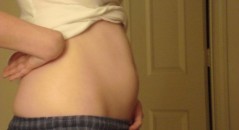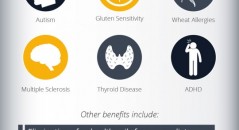The Paleo Diet advocates specific nutrition guidelines that are modeled after the diet of our Paleolithic ancestors. Followers of the Paleo diet believe that many of the foods popularized by the invention of agriculture, like cereal grains, legumes and dairy are deleterious to our health.
Paleo-style eating has helped many people live healthier lives. This diet is not without its controversies, though. Some experts feel that the Paleo diet is not scientifically sound. For instance, there’s only a small amount of scientific proof that the Paleo diet can help you lose weight or might provide you with other health improvements.
The Benefits of the Paleo Diet
Paleo advocates claim that the paleo diet can help shed pounds and resolve other medical issues. Rob Wolf, best selling author of The Paleo Solution – The Original Human Diet, says that his diet can help remedy Type II Diabetes, Cardiovascular Disease, and various autoimmune diseases.
At this time there is limited scientific research to prove or disprove many of the claims made by Paleo Diet supporters. Dr. Staffan Lindeberg has conducted research studies comparing the Paleo Diet to the popular Mediterranean diet. His 12 week study on diabetic and pre-diabetic patients with heart disease revealed that those who followed the Paleo diet lost 70% more body fat then those who followed the Mediterranean diet. The Paleo diet followers were also able to reach non-diabetic blood sugar levels while less then half of the Mediterranean dieters saw any improvement in their blood sugar levels.
The Paleo diet strictly limits what types of food you can eat, but it does not have specific calorie restrictions. Many people enjoy this aspect of the diet. They appreciate not having to count calories or deny themselves food when hungry.
What can’t you eat on the Paleo diet?
The Paleo diet recommends that followers avoid eating grains, legumes, dairy and any processed foods because our bodies have not evolved to properly digest them.
Grains contain gluten and lectins. Paleo proponents believe that theses compounds are toxic and cannot be digested properly by humans.
Paleo dieters avoid legumes because they contain anti-nutrients. Anti-nutirents are compounds that interfere with the absorption of nutrients into the body.
Humans are the only animals that ingest dairy after infancy. The Paleo diet theorizes that adult humans don’t have the mechanism to adequately digest dairy, therefore, avoiding dairy is encouraged.
What can you eat on the Paleo diet?
Like most diets, the Paleo diet includes a menu that is full of lean protein, vegetables, fruits, and healthy oils. In spite of many exclusions, people who follow the Paleo diet properly enjoy a variety of nutritious foods. They also consume more vegetables then they would on the standard American diet.
Acceptable food choices include:
- Grass-Fed Meat
- Poultry
- Wild caught Fish
- Omega-3 enriched eggs
- Vegetables
- Olive oil, coconut oil, avocado oil
- Fruit
- Nuts
- Sweet potatoes and yams
The Paleo diet encourages followers to develop many positive habits which will enhance their health and help them lose weight. If the list of Paleo acceptable foods is appealing to you, this diet may be the weight-loss solution you’ve been looking for.
Follow this link to find out how you can start eating Paleo meals today.







